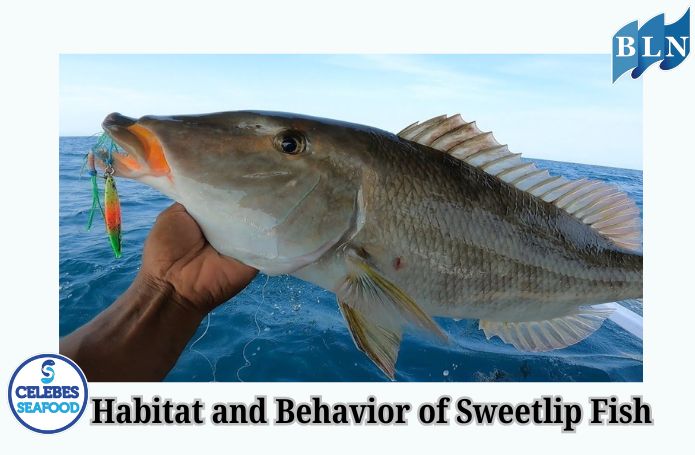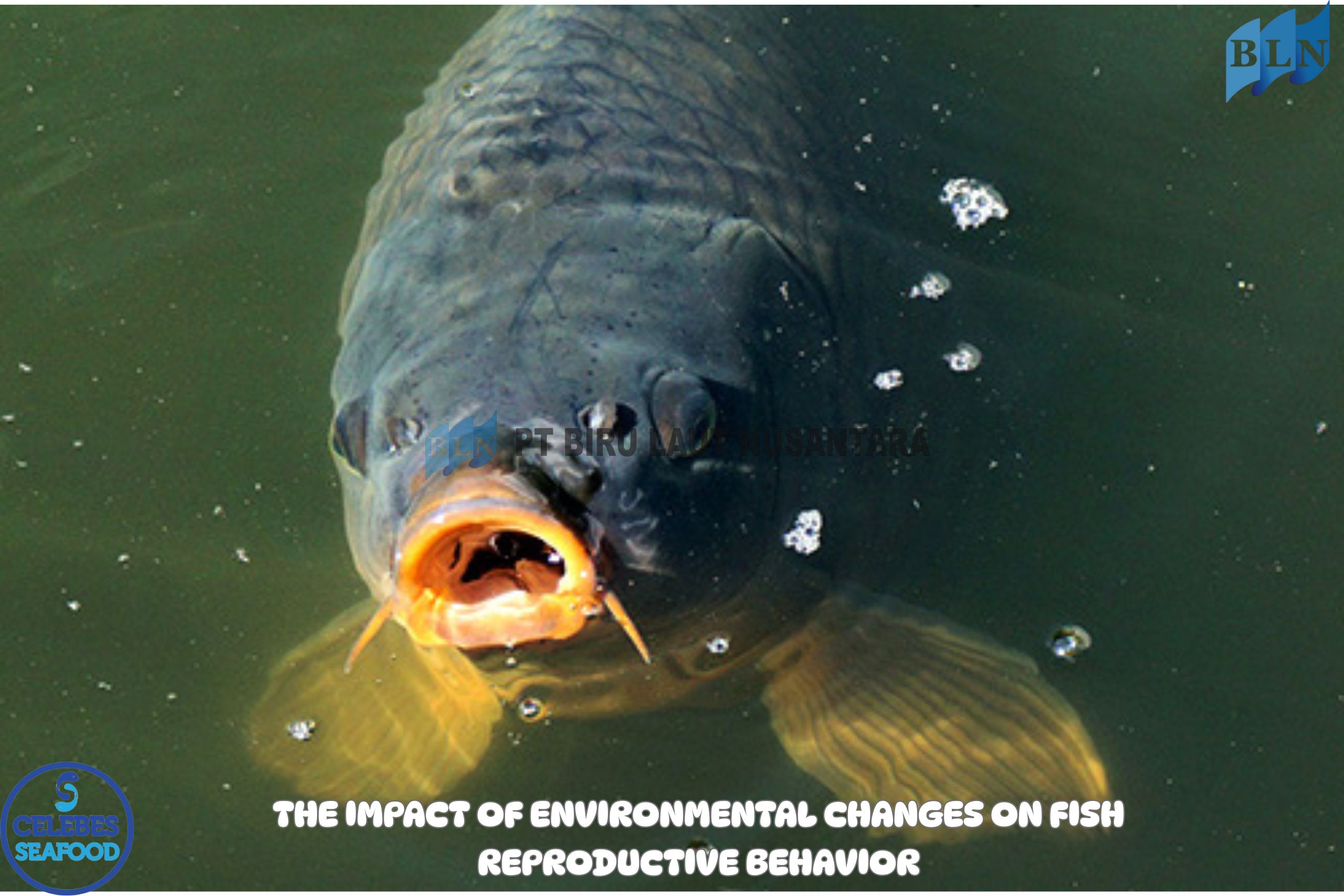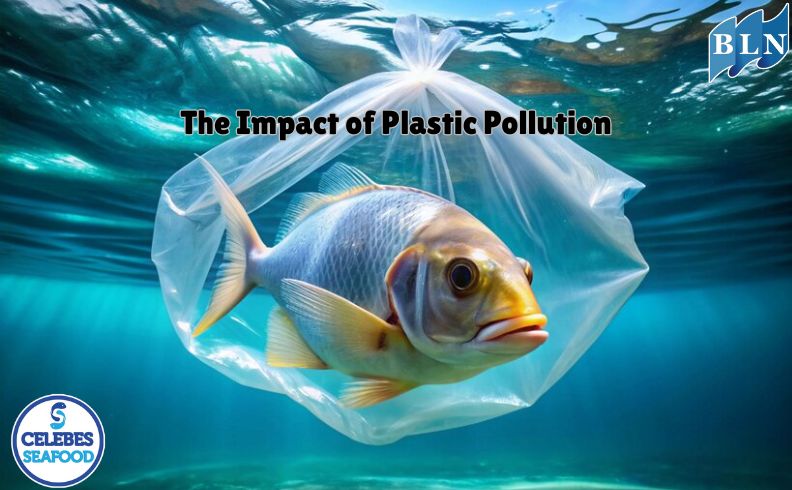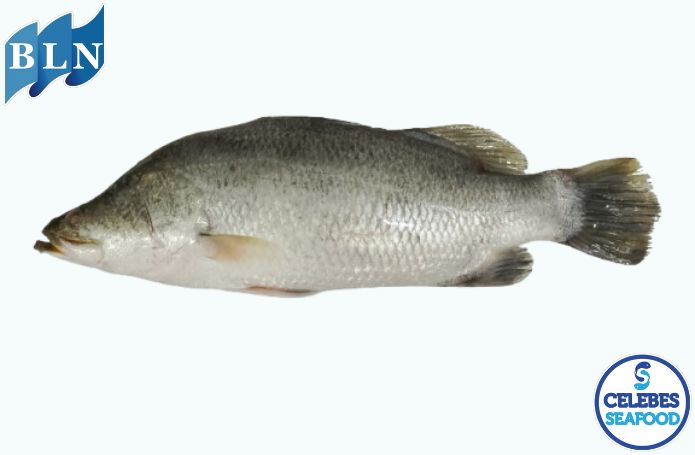Habitat and Behavior of Sweetlip Fish
By. Amma - 10 May 2025
lautnusantara.com Sweetlip is another name for the Emperor fish. This fish has a flat, wide body shape, with a pointed mouth and thick lips. Its length can reach 1 meter. This fish is often targeted by anglers.
Habitat:
- Tropical and Subtropical Zones: Sweetlip fish generally inhabit warm waters in tropical and subtropical zones throughout the world. They are widespread in the Indo-Pacific region, the Red Sea, and parts of the Atlantic Ocean.
- Coral Reef Ecosystem: Their main habitat is coral reefs. The complex structure of coral reefs provides plenty of shelter from predators, areas for foraging, and places to breed. They are often found around coral crevices, reef slopes, and areas with diverse coral growth.
- Seagrass: Some sweetlip species can also be found in seagrass beds adjacent to coral reefs. Seagrass beds provide a source of food and shelter for several stages of their life.
- Rocky and Sandy Areas: In addition to coral reefs and seagrass beds, some species also inhabit rocky and sandy areas near shore or in deeper waters. They may forage on sandy substrates or seek shelter among rocks.
- Depth Range: Sweetlips can be found at a wide range of depths, from shallow waters near the surface to depths greater than 100 meters (330 feet), depending on the species. Juveniles of some species may spend more time in shallow waters to avoid larger predators.
Behavior:
- Demersal: Most sweetlip species are demersal, meaning they spend most of their time on the bottom. They are often seen swimming near the substrate, foraging, or resting among coral structures.
- Daily Activity: Daily activity patterns vary between species. Some species are diurnal (active during the day), foraging and interacting during daylight hours. Others may be more nocturnal (active at night), hunting for prey in the dark and resting during the day.
- Feeding Habits: Sweetlips are generally carnivorous or omnivorous. Their main diet includes:
1. Molluscs: Snails, clams, and other types of shelled molluscs are crushed with their strong jaws and teeth.
2. Crustaceans: Shrimp, crabs, and other small crustaceans are an important part of their diet.
3. Polychaete Worms: Sea worms that live on the bottom of the water are also a food source.
4. Small Fish: Some larger species may prey on small fish.
5. Algae: Some species, especially juveniles, may consume algae as part of their diet. They use their pointed mouths to grab prey from crevices in coral or dig in the sand for hidden invertebrates.
- Movement and Social: The social behavior of sweetlip fish varies. Some species tend to be solitary, especially adults. Others may form small groups or schools, especially as juveniles or when foraging. Their movements are usually limited to the area of the reef where they live, although some species may undertake local migrations to feed or spawn.
- Reproductive Behavior: Most sweetlip species are protogynous hermaphrodites. This means they are born female and then change into males as they grow and age. This sex change is often triggered by social factors or group size. Spawning usually occurs in open areas near coral reefs, where eggs and sperm are released into the water for external fertilization. Planktonic larvae then disperse before settling back on the reef.
Overall, sweetlips are well adapted to life on coral reefs, with specific habitat preferences and behaviors that support their feeding and reproductive patterns.
If you are interested in our product SWEETLIP SKIN-ON, SWEETLIP SKINLESS TIGER please do not hesitate to contact us through email and/or whatsapp.







